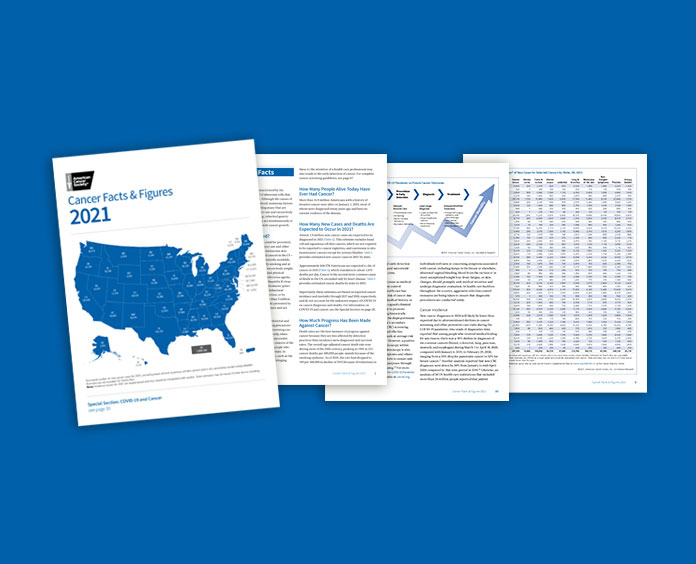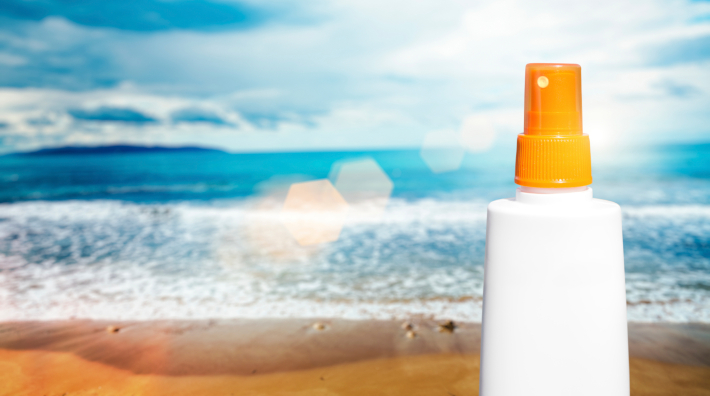ACS Research News
Filtering by:
Skin CancerFacts & Figures 2021 Reports Another Record-Breaking 1-Year Drop in Cancer Deaths
Published on: January 12, 2021
Read the Cancer Facts & Figures 2021, for the latest estimates, information and statistics for deaths related to cancer.
Researchers Identify States Where Improved Sun Protection Could Prevent the Most Melanomas
Published on: February 17, 2020
Rates of skin cancer in the US are rising, even though most cases are preventable because they’re related to sun exposure and indoor tanning. A study in the International Journal of Cancer found that 91% of all melanomas in the US were linked with ultraviolet (UV) radiation—mostly due to sun exposure. That rate was even higher among non-Hispanic whites, at 94%.
Study: Lack of Education About Melanoma May Contribute to Black-White Survival Disparities
Published on: July 23, 2019
It’s true that people with darker skin have a lower risk of melanoma. But as a recent study showed, it’s also true that non-Hispanic Black Americans are more likely to have lower survival rates when they are diagnosed. That’s partly because compared with non-Hispanic whites, people with darker skin are more often diagnosed with later-stage melanoma (after it’s spread). It’s also because the most common type of melanoma among non-Hispanic Blacks—called acral lentiginous melanoma (ALM)—has a lower survival rate.
Sun Safety Isn’t Just Important for the Light Complexioned
Published on: May 22, 2015
People who have pale skin – those who sunburn easily, don’t really get tan, or have red or blond hair – are at increased risk for skin cancer. Researchers and doctors have known this for years. But recent studies now show that certain people who have darker complexions are also at increased risk.








